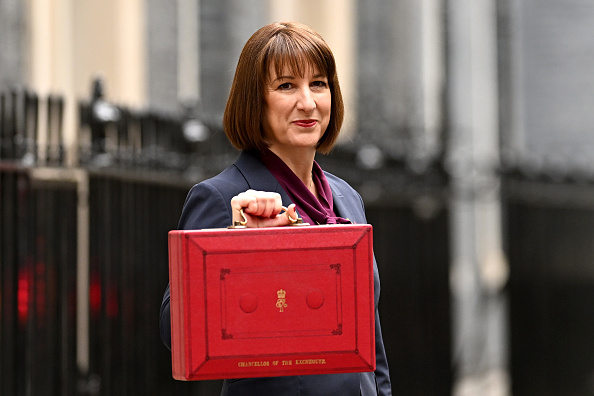The number of agency workers has grown by 30 per cent since 2011, and now stands at 865,000, a new report by the independent think-tank Resolution Foundation reveals as it launches a major 18-month investigation into agency work.
The report highlights agency staff as the ‘forgotten face’ in the recent debate around insecure work, where the issue has largely been ignored despite there being similar numbers of people doing agency work as are on zero-hour contracts.
This lack of visibility came to light recently at the Sports Direct warehouse in Shirebrook, where the treatment of staff on zero-hours contracts was big news and acted upon, while the exploitation of agency staff remains unaddressed.
Number of agency workers on the rise
The Foundation says that the number of agency workers across Britain is expected to hit one million by the end of this parliament, if the growth of recent years continues.
The report shows that while there are good reasons for some workers and employers to use agencies, there is a pay penalty associated with agency work even when characteristics such as age, occupation and education level are taken into account.
The analysis finds that all else being equal, a full time agency worker earns £430 year less than an identical employee in the same role. Despite the stereotype of agency workers being short term and temporary, half of all agency workers actually say they work on a permanent basis and three-quarters work full time.
Lower pay for agencies
The Foundation says that this loss of earnings could therefore affect their ability to provide for their family and save for the future.
Pay is not the only area where agency workers have a disadvantage. Because agency workers are usually classed as workers rather than employees they are not entitled to sick pay or parental leave pay, have no notice period and little recourse in event of dismissal.
When looking across the whole agency workforce, the Foundation’s analysis finds the most significant sectors for agency work are health and social work (where 18 per cent of all agency workers have jobs), manufacturing (17 per cent) and business activities (17 per cent). This shows that agency work is a feature of the public as well as private sector.
London the home of agency workers
Close to one in five agency workers (18 per cent) are to be found in London. More than half (54 per cent) of all agency workers are male, the same gender split as overall employment. However, women account for 85 per cent of the growth in the number of temporary agency workers over the last five years.
Less than a third (28 per cent) of workers have a degree or equivalent qualification, compared to 33 per cent of the overall workforce.
Six in ten agency workers are UK nationals (compared to over eight in ten in the overall workforce). EU nationals account for 22 per cent of agency workers (compared to 7 per cent overall) and people from the rest of the world account for the remaining 17 per cent (compared to 9 per cent overall).
Ethnic minorities are three times more likely to be agency workers than white workers.
Lindsay Judge, senior policy analyst at the Resolution Foundation, thinks that while zero-hours contracts are often in the news, agency workers are the ‘forgotten face’ of the modern workforce, despite being just as prevalent across the labour market.
Judge adds, ‘We need to do a better job of understanding who this group of soon-to-be a million agency workers is. This fast growing group is not just made up of young people looking for temporary employment as some have suggested, but instead includes many older full-time, permanent workers.
‘With the prospect of higher inflation squeezing living standards in the years ahead it is important that the discussion of the non-traditional parts of work in modern Britain consider the relatively lower pay that workers receive compared to identical employees in similar jobs. This merits serious examination from government, with an official measure of workers being a good place to start.’





